For Maritime Patrols
As a nation with over 7,000 islands, Japan ranks sixth globally in terms of its maritime waters, an area combining territorial waters and the exclusive economic zones.
Obviously, keeping an eye out towards such vast area is extremely difficult, given the population decline and the recruitment crisis stemming from it.
This is why Japan has been exploring the use of unmanned aerial vehicles (UAV) for daily patrols and reconnaissance missions, leading to the introduction of the American-made “RQ-4B Global Hawk.”
First, a little bit about the Global Hawk itself.
This large UAV was designed for high-altitude reconnaissance and has been in service since 2004. It is capable of flying well over 30 hours, and is installed with radar, image cameras, infrared sensors, and satellite communication devices to spy on the opponent without entering their air space.
The Global Hawk operates at an altitude nearly twice that of commercial jets, whilst monitoring and identifying distant surface targets based on pre-set flight routes.
A single unit can cover an area roughly equivalent to the size of South Korea, and the operators on the ground controls the UAV with just a mouse and keyboard.
Lifting JASDF’s Capacity
Japan’s Air Self-Defense Force (JASDF) currently deploys three Global Hawks at Misawa Air Base (Aomori Prefecture) under the newly formed Reconnaissance Group.
As the base is right next to the US Air Force’s Misawa Base, JASDF can receive support from their US counterparts whom are much more experienced in operating the large spy drone.
The Global Hawk is actually JASDF’s first full-scale UAV, requiring on-site technical assistance from American engineers dispatched to the base.
Like the F-35 stealth fighters stationed at the same location, JASDF personnel are met with the challenge of not only adapting towards the new sophisticated technology, but also improving their English skills that are necessary during flight operations and maintenance.
It is no secret that Japanese, in general, are not fluent in English, let alone in the military aspect.
JASDF has been striving to lift the overall English proficiency as an organizational effort, but updating the linguistic knowledge of a skilled maintenance crew whom are in their late 30〜40s is not something you can achieve that easily.
Despite these language barriers, the introduction of the UAVs are expected to significantly improve Japan’s patrol capability and alleviate the already accumulated burden of the crew.
This does not mean that conventional methods, like the P-1 patrol planes, will cease to be used, but the Global Hawk is better at conducting seamless surveillance since it can fly up to 36 hours without returning to base.
Was To Be Canceled?
If the Global Hawks are reckoned as such an important asset, why does Japan only have three units?
Well, the answer mainly lies in cost.
The UAV’s high-performance inevitably comes with a substantial cost, with initial costs alone exceeding 250 million USD. This amount was exacerbated by an annual maintenance cost of around 100 million USD which includes technical support from the US.
Faced with such expensive cost, many have questioned whether operating the Global Hawk is really worth the price, especially when other drones seem capable of carrying out the same missions at a much cheaper amount.
For instance, the Japanese Coast Guard has adopted the “MQ-9B Sea Guardian” for its surveillance tasks, making the Navy (JMSDF) to also consider its use.
To make matters worse, the Global Hawks purchased by Japan is actually an older model called the Block 30, whereas the US and NATO countries have moved to the newer Block 40.
Only Japan and South Korea operates the Block 30 model, with just seven units in service, thereby hiking the price of spare parts as well.
In light of such unfavorable factors, Japan initially sought to halt the program based on rational evaluation and some skepticism from the JASDF side.
But, the acquisition was made nonetheless by the Abe administration, partly due to the Aegis Ashore program being canceled.
Scrapping a several billion dollar project was a major setback for both the US defense industry and the Trump administration at the time, raising concerns in Tokyo that Trump might be offended by such move.
Therefore, it is said that Shinzo Abe wanted to make up for this cancelation and give a good impression towards Trump by proceeding with the Global Hawk procurement.
As such, the three Global Hawks purchased by Japan can be described as a product of political consideration rather than being bought out of sheer necessity.

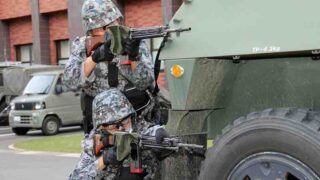
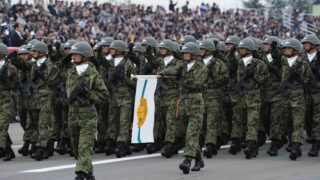
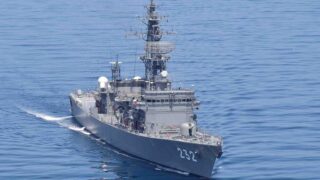
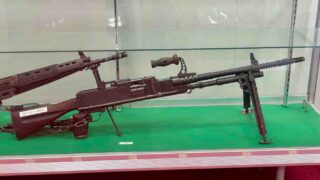

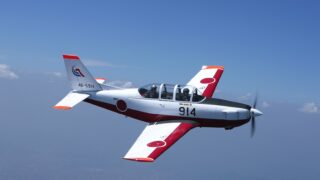
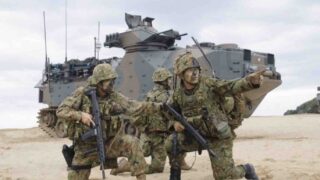
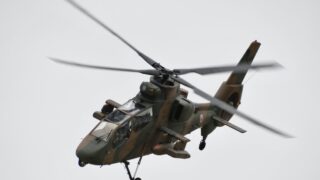
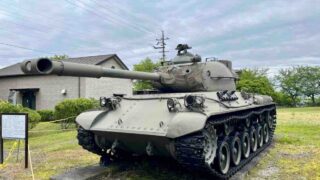

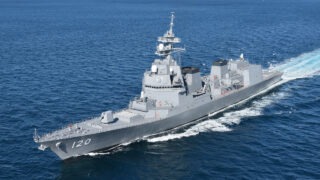
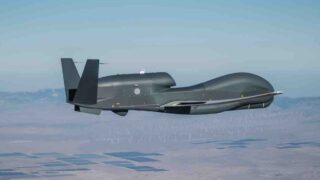
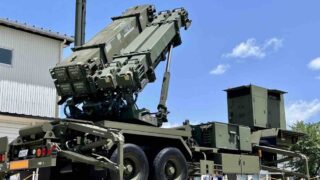
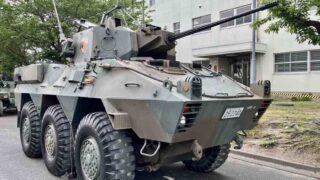

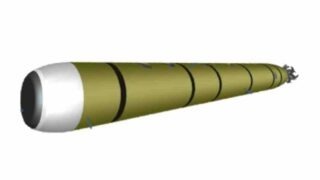
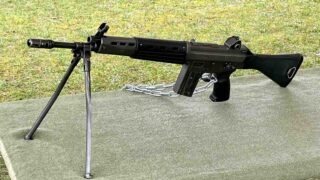
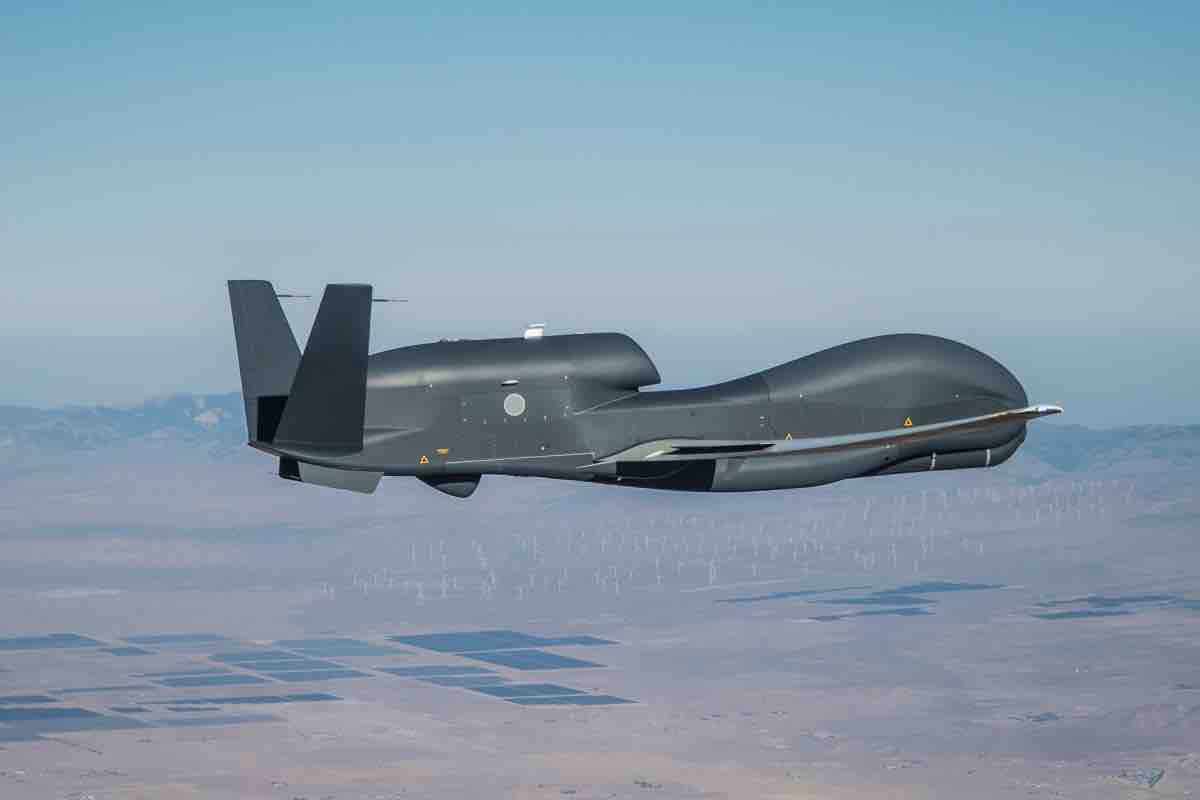
Comments